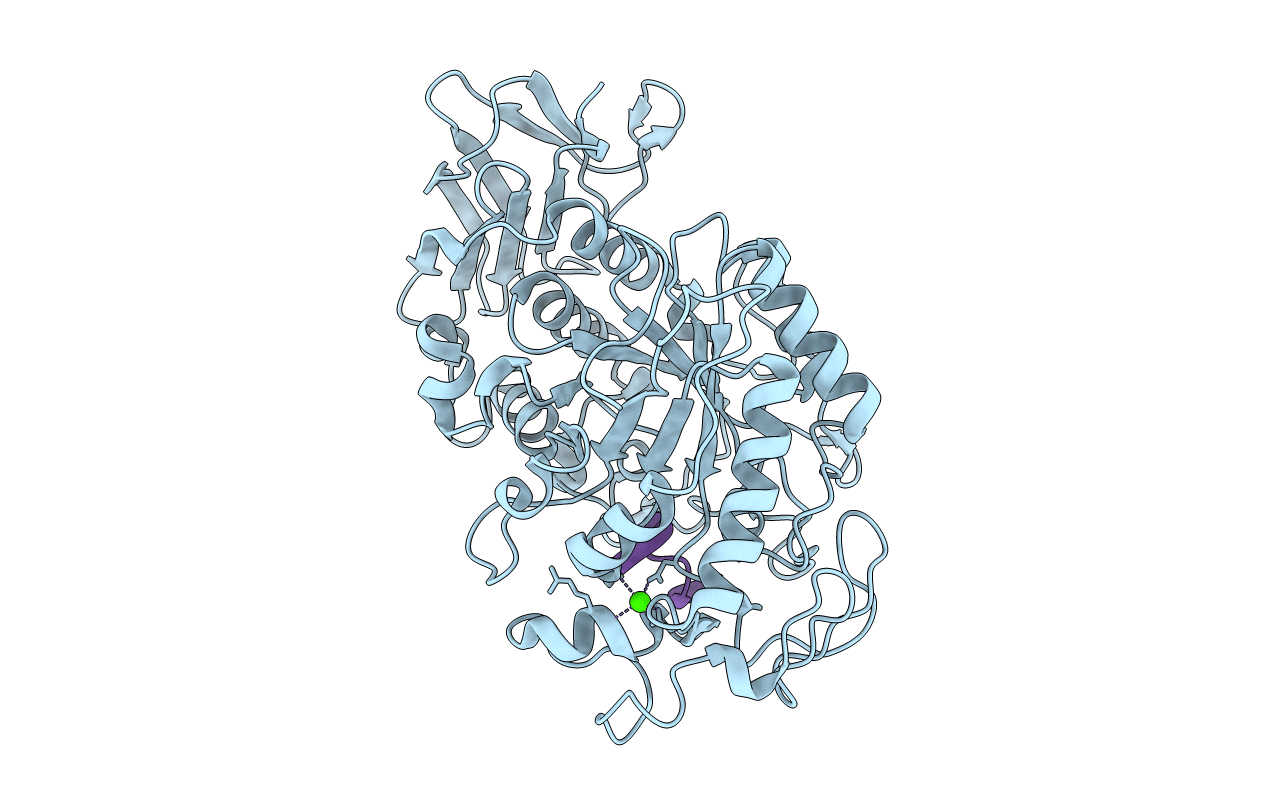
Deposition Date
2016-06-10
Release Date
2017-03-29
Last Version Date
2024-11-20
Entry Detail
PDB ID:
5KEZ
Keywords:
Title:
Selective and potent inhibition of the glycosidase human amylase by the short and extremely compact peptide piHA from mRNA display
Biological Source:
Source Organism:
Homo sapiens (Taxon ID: 9606)
synthetic construct (Taxon ID: 32630)
synthetic construct (Taxon ID: 32630)
Host Organism:
Method Details:
Experimental Method:
Resolution:
1.83 Å
R-Value Free:
0.20
R-Value Work:
0.17
R-Value Observed:
0.17
Space Group:
P 21 21 21


